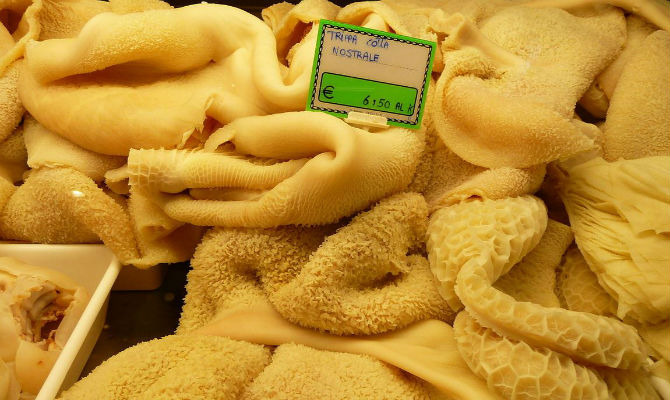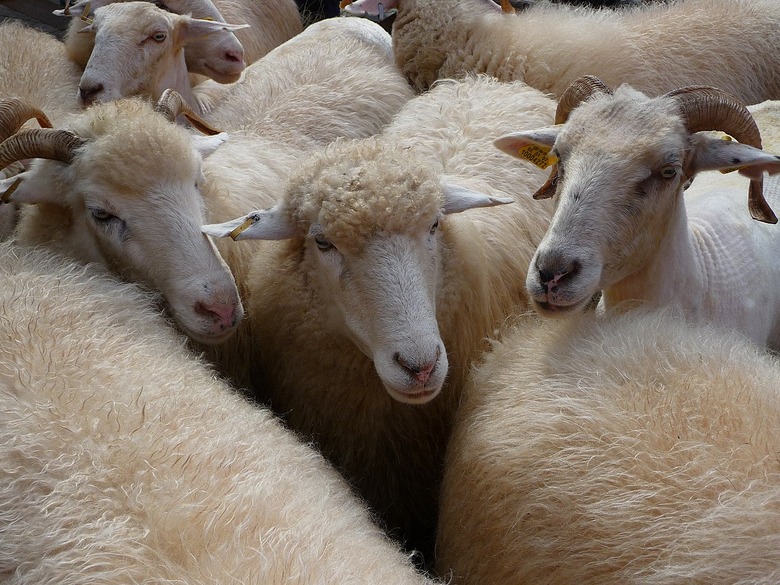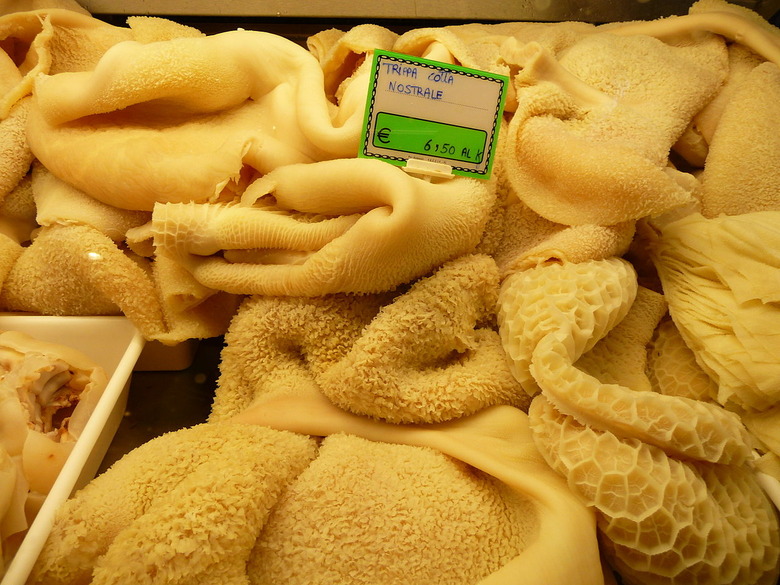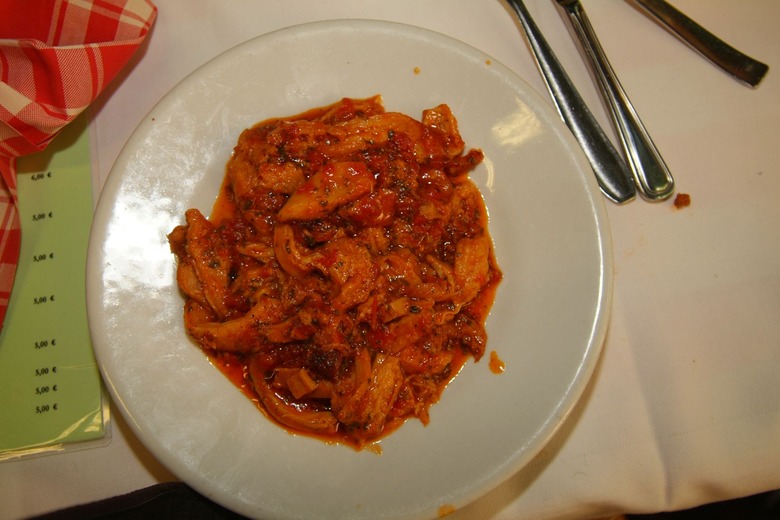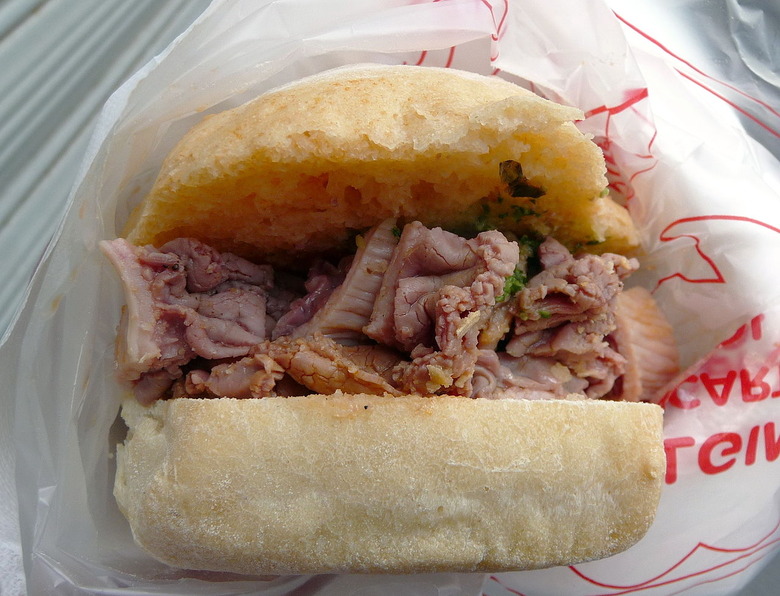5 Things You Didn't Know About Tripe
Offal is a touchy subject; some people treat the innards just like they would any other muscle meat, which others get squeamish just at the sight of a plate of liver and onions. But in reality, offal is eaten all over the world, and tripe is one of the most common "organ meats" around. Here are five things you probably didn't know about this controversial offal.
It Can Come From Any Farm Animal
If the stomach is removed from any farm animal and cooked, the resulting product is called tripe. The vast majority of tripe comes from cows, but it can also come from lambs, sheep, goats, or pigs (pig tripe is sometimes called "paunch").
There Are Four Types of Beef Tripe
Cows have four stomachs, and each one serves a different function. The end result? Four very different types of tripe. Chamber one is called the rumen, and its tripe is called blanket or flat tripe. Chamber two is called the reticulum, and its tripe, honeycomb tripe, is the most common. Chamber three is the omasum, and its tripe is called book tripe; chamber four, the abomasum, gives us the least-commonly used tripe: reed tripe.
French Andouille Contains a Lot of Tripe
In Louisiana, andouille is a coarse-ground smoked pork sausage. In France (Brittany in particular), andouille is made with pig intestines and tripe, is grey in color, and doesn't smell very good. If you go to France and want to sample the andouille, know what you're getting yourself into.
It’s Low in Fat and Calories
For all intents and purposes, tripe is very healthy for you. A 3.5-ounce serving contains just 85 calories and 4 grams of fat, and it's also high in protein and vitamin B12.
It’s the Unofficial National Dish of Florence
Traditional Florentine cuisine traces its roots to peasant cooking, and one of the most popular Florentine sandwiches, called the lampredotto, is essentially a tripe sandwich. The abomasum is slowly braised and tucked into a roll that's been dipped in the braising liquid. It's delicious, but only if you like tripe.
